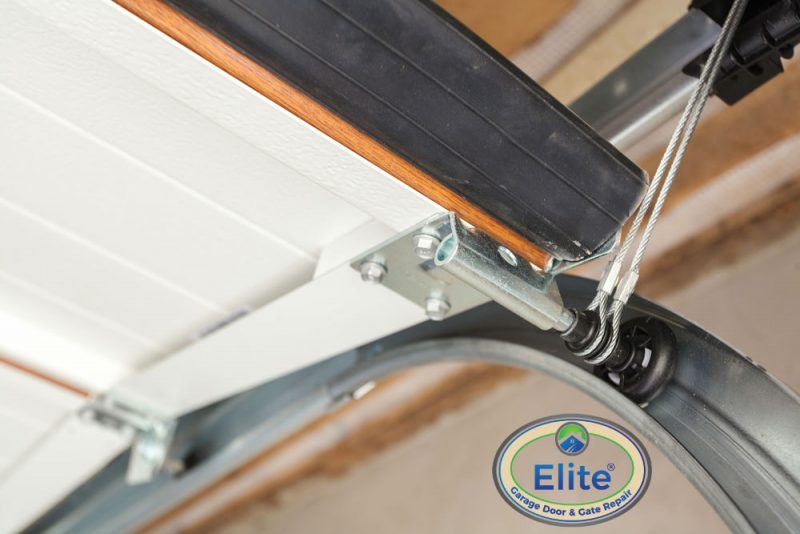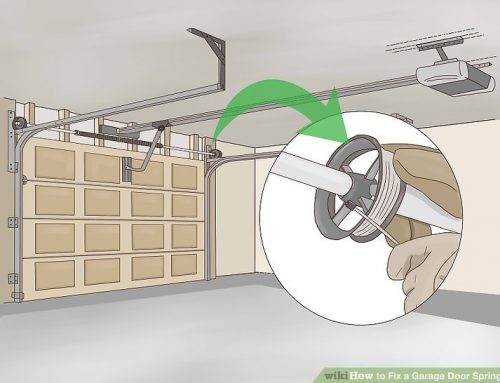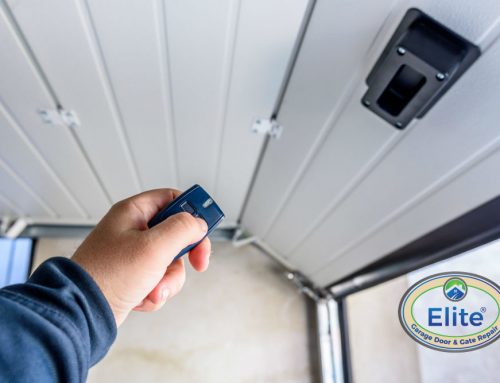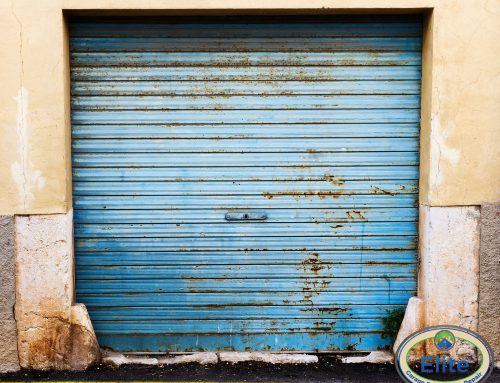If you are like most people then regardless of the time of year, you’re probably being plagued by bugs of all types. Even though a domestic garage door is designed to help protect your garage from bad weather, intruders and a whole lot of other stuff, but it does a god awful job of keep bugs out.
Bugs usually seek refuge both during the summer and winter as your garage is very hospitable during all times of the year. The good news is that it is possible to keep most if not all the bugs out of your garage. However, you’ll have to consider and evaluate all the factors that allow for these bugs to enter your home. Then take a decision accordingly.
Food Should be Hard to Reach
Some people believe it, or not will store food in the garage. Often it is the space constrictions that lead many people to take this drastic and unconventional step. Things like pet food, rice, pulses, etc. are all magnets for bugs.
If you are going to store food in the garage make sure it is sealed. Keep in mind that hungry bugs like cockroaches, crickets, termites can all chew through sections of the garage door. So, what you’re inevitably doing is leading the charge for these bugs who will chew through anything to get to the food in the garage.
Check the Domestic Garage Door for Micro Damage
We are not talking about a hole that’s instantly visible but instead multiple holes which are only visible at closer examination. Holes in a garage door make it easier for bugs to walk right in. What you should do is examine all parts of the garage door and seal up any holes you find.
Use Insecticides Proactively
One very obvious step everyone should take is to spray insecticide on both ends of the baseboards. Plus you’ll want to use ant traps near the entrance of the garage.

Image Credit: Wikipedia Commons
Examine the Walls
After you’ve sealed the domestic garage door tightly it is time to examine the walls. Many times bugs will enter the garage through cracks in the wall or if there is a hole. Over time that hole or crack can become bigger allowing more of these bugs to enter becoming a headache.
Use plaster to cover up any cracks and holes across the walls. You’ll want to perhaps invest in a caulking gun if there are many holes and cracks to cover.
Get the Threshold Seal Replaced
Finally, you’ll want to get your domestic garage door’s threshold seal either replaced or install one. The threshold seal helps to prevent water and bugs alike from entering your garage from underneath the door. However, it is something that should be installed professionally so that it is effective. So, you’ll want to call a professional garage door service like ours to do it for you.






Leave A Comment